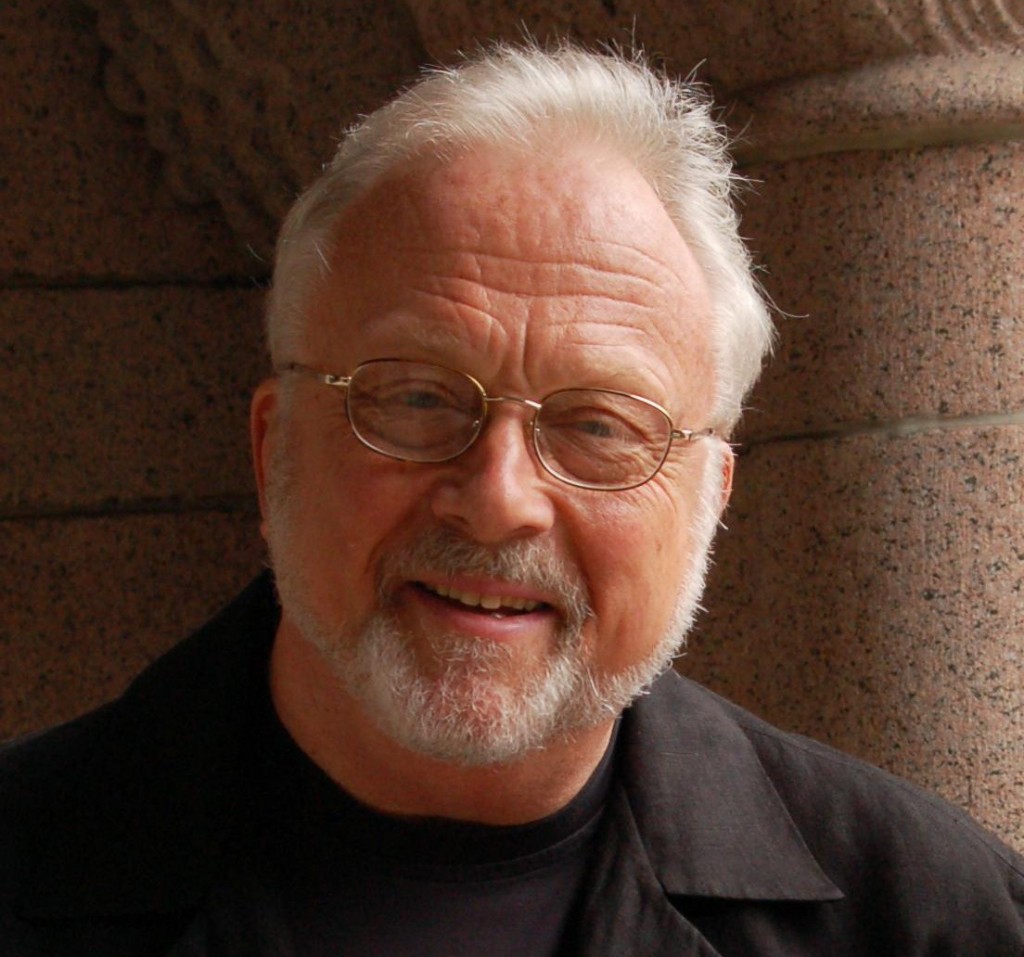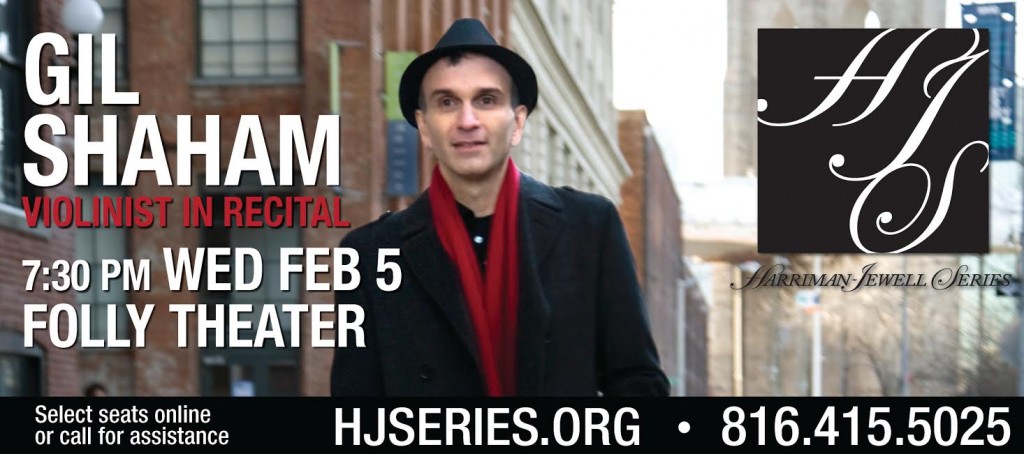HUMBLE BEFORE BACH: Violinist brings daring solo program to Harriman-Jewell Series
By Paul Horsley
Gil Shaham has been playing Bach’s Sonatas and Partitas for Solo Violin privately since he was a wunderkind, but only in the last few years has he begun to perform them publicly. These six masterpieces, which Bach composed in the first quarter of the 18th century, during a period of creativity that almost defies human comprehension, have long formed a sort of Rosetta Stone for musicians — and violinists are the lucky ones who get to play them. “My teachers always wanted us to learn by playing Bach,” says Gil, who performs three of the six on the Harriman-Jewell Series on February 5th, along with William Bolcom’s Suite No. 2 for Solo Violin composed expressly for Gil to perform with the Bach works. “I was always wary about performing them, people have very strong feelings.” It took the 42-year-old violinist, one of the finest musicians of our time, nearly half a lifetime to feel he was ready to make public his views on these works. Finally he had to make a conscious decision. “I said, look, if I don’t start playing them, they’re never going to get any better. And I’ll never get more confident playing them.” So he began doing a sonata here and a partita there, intermingled with other repertoire initially. Finally this summer at Aspen played all six on the same program. “And I discovered, like so many other musicians have, that there is no greater joy than playing the music of Bach.” (See below for a transcription of our full discussion with Gil.)
Much has been said about the set that Bach assembled in the 1720s but was not published until 1802, well after the composer’s death. Some assessments have characterized the famous Chaconne of the Second Partita (which is among the works Gil will play here) as a memorial to Bach’s recently deceased first wife, Anna Barbara Bach. Gil takes this a step further. “I believe that the arc of these six works has something to do with the Good Book, with the Bible. It maybe goes through the three Christian festivals, somehow: Christmas, Easter and then the Resurrection.” Indeed, this set of six is singular in Bach’s works in that it contains three pairs, each with a more “serious” sonata followed by a dance-oriented partita. “And somehow each one shares the message of its pair.” But Gil adds that any such interpretation is just that: We can never really know the mind of Bach, just revel in it.
“That is our challenge,” he says. “We have to try to get into the composer’s head and figure out what he meant to express. Really all we can say is, this idea is possible.” Yet it’s hard to deny the importance of faith in everything Bach did. “I think it’s likely that the number five always has the association of the five wounds of the cross.” The D-minor Partita does indeed have five movements, the fifth being the 17-minute Chaconne, which is consider one of the great achievements of Western art.
It was no small challenge for William, one of the most inventive composers America has produced, to create a piece to be performed with the Bach. Commissioned under auspices of Music Accord, the nine-movement Suite “distantly refers to the Baroque dance-suite form,” the composer says. Gil first performed the piece for the first time at Aspen last February. “I love it,” he says. “It’s a masterpiece of nine short movements of different characters. … It’s sort of loosely based on the Sonatas and Partitas but not necessarily intended just to be played with them.” Gil says William “teaches me more about the violin than I ever knew. There are some techniques in the piece that I hadn’t encountered before.”
Gil performs February 5th at the Folly Theater. Call 816-415-5025 or see hjseries.org.
The above article is based on a conversation we had recently with Gil from Berlin, where he was about to perform the Berg Concerto with Marek Janowski and the Berlin Radio Symphony Orchestra. Below is a transcript of a large portion of that interview.
Paul: Tell me a little bit about your first encounter with the six Bach Sonatas and Partitas. As a youngster, were you encouraged by your teachers to learn them right away? Or did they caution you from moving into them too quickly?
Gil: They were a part of our learning curriculum. My teachers always wanted us to learn by playing Bach, but I never performed them. I was always wary about performing them. You know, people have very strong feelings.
Even individually, you didn’t play them at all in concert?
I might have played one movement here and there as an encore. But yeah, I never programmed the sonatas or the partitas because, I don’t know, I guess maybe I felt I wasn’t ready. Maybe I was afraid of others’ judgments. I guess it was eight or nine years ago when I made a conscious decision. I said look, if I don’t start playing them they’re never going to get any better, and I’ll never get more confident with them. And that’s when I started playing these pieces. And I discovered, like so many other musicians have, that there is no greater joy than playing the music of Bach.
After we speak I’m going to practice some Bach. And when I set aside an hour to practice Bach, I go in my room, close the door, and then inevitably, two hours later I’m still going. There’s something about this music that’s absolutely addictive. There is really no greater pleasure than playing these pieces.
Where and when did you play all six in one concert? That was fairly recently, wasn’t it?
This summer in Aspen, Colorado. Somehow I never played all six, and I was a bit worried. It’s about two hours of music, you know, 120 minutes. But again I discovered that there’s an incredible joy. The six pieces have a beautiful arc to them. I’m not a musicologist but I have read a little bit about them, and I have listened to other Bach. Over the last eight or nine years I’ve been listening to a lot of Bach, and I believe that the arc of these six works has something to do with the Good Book—you know, with the Bible. It maybe goes through the three Christian festivals somehow, Christmas, Easter and then the Resurrection.
With each sonata and partita connected to each of those festivals, as pairs?
It’s a very unusual set: It’s very unique set in Bach’s work in that he alternates between sonatas and partitas. If you think of the keyboard partitas, the cello suites, they are all dance suites, as are the English suites and the French suites. Even the Brandenburg Concertos and the Orchestral Suites. There was a precedent (for the Sonatas and Partitas), from what I understand, I think it was Lully who wrote this sort of Sonata da chiesa, you know, a church sonata, and then he followed it with a suite of lighter dances. Maybe that is the arch of this piece: Sonata 1, Partita 1, and then moving on to the next, and somehow each one shares the message of its pair.
There are principles by which you make each individual sonata or partita into a sort of “whole cloth,” make it seem organic, right? And are similar principles at play when performing all six, or at least each pair, toward making them feel like a “whole”?
It’s very hard to say, this becomes more complicated. Because you know Bach himself would have not necessarily have played all six as a whole. The first movement of the E-major Partita, the Praeludium, he took by itself and used it for the 29th Cantata, in a setting for organ. The A-minor Sonata he transcribed for oboe and strings. … So although I do think they work well as a whole I think they also work as individual pieces, and even as individual movements.
How good of a fiddler to we think Bach was? Can we tell, just from the music, that he was more than just a “passable” player?
I think it’s pretty clear that he was quite a virtuoso violinist. All you need to look at is some of the passages in the fourth Brandenburg Concerto to realize that he was as fluent as anybody on the violin — the passagework in these concertos! Some of the most inventive writing for violin comes from Bach the composer, so I always call him a “violinist’s composer.” Because pianists always claim other composers (laughs): They claim Chopin and Mozart (although Mozart was a violinist, you know), they claim Chopin and Brahms and Beethoven. And I think Bach was quite a virtuosic violinist.
The story was that he was orphaned quite young, when he was nine years old, and they believe that his father had taught him to play the violin before he was nine. So I think these pieces held a very special place for Bach himself … possibly something to do with the memory of his own parents.
You’re probably aware of the work of Helga Thoene on the D-minor Partita that suggests the Chaconne was a memorial tribute to the recently departed Anna Barbara (as reflected in the ECM recording Morimur). Do you think this is plausible, and that Bach did indeed weave into the Chaconne fragments of chorales that relate to death and mourning? Or is this kind of a numerology that is more widespread and is found in all the sonatas and partitas (or indeed, in all of Bach’s work)?
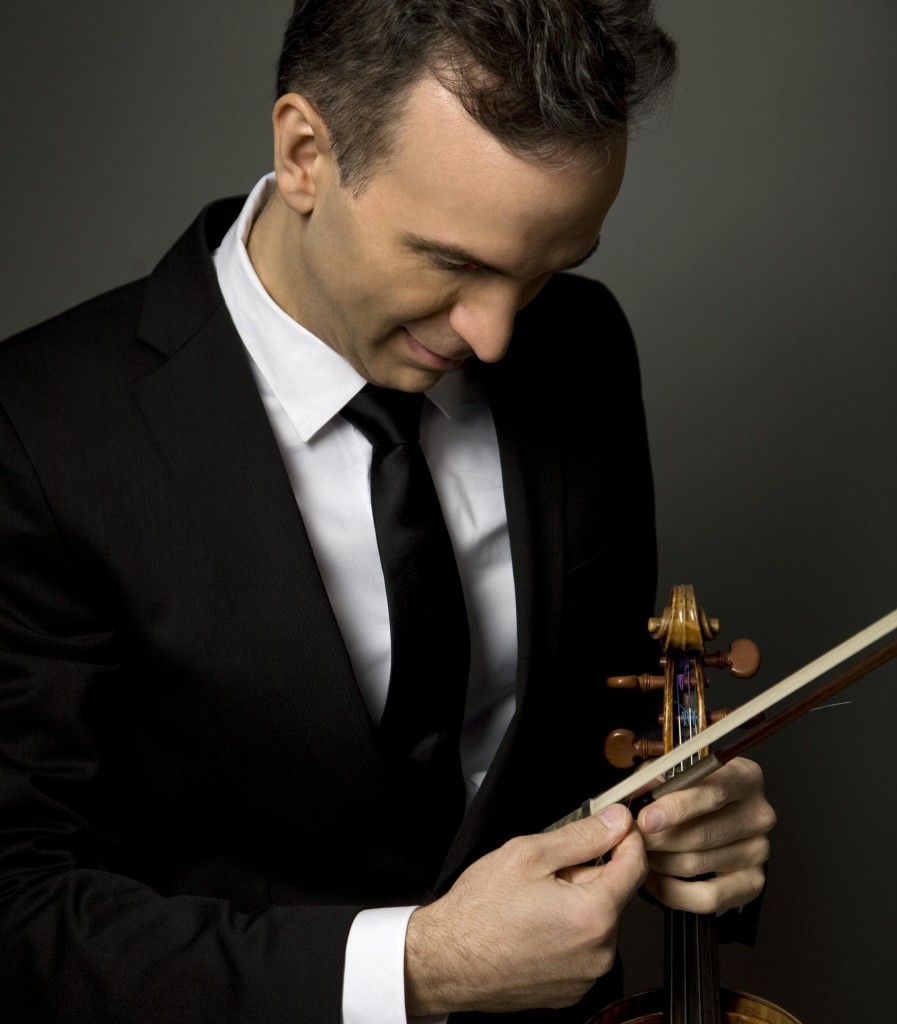
When we play this music as interpreters that is our challenge. We have to try to get into the composer’s head and figure out what he meant to express. And one of the great dangers for us is to have an idea, and to somehow not be ready to discard it. So as with all these kinds of things, all we can really say is this idea is possible. This idea is maybe more likely, that idea is maybe less likely … this is possible, that is not. Like gradations of likelihood. And so for example, there are instances in each of the three fugues [in the three sonatas] where he signs his name with the sequence of notes B-A-C-H: Was this intentional, does it have some other meaning? I think it’s possible, and maybe it’s likely, because we do have a note from his son [C.P.E. Bach] about the Art of the Fugue, where he said, Here is a fugue where my father wrote his name, B-A-C-H. Is this, then, also a case where he based a fugue on his name? I think it’s likely that it wasn’t a coincidence.
Some of the numerology things are hard to make fit. But I think for somebody who lives in a very strict Lutheran society as Bach did, who lives in a very religious and pious society — he went to the very same school as Martin Luther! — it’s likely that the number five always has the association of the five wounds of the cross. And the D-minor Partita is a five-movement suite, the fifth movement being the Ciaconna, so possibly there is some association with the crucifixion. You know, there is the traditional Baroque lament, the descending chromatic fourth. … and this chromatic descending fourth goes all through the Ciaconna. So maybe, in all due likelihood in fact, it has something to do with the crucifixion.
You know Prof. Thoene’s work got me thinking about the sort of sorrow, the sadness, and then recently John Eliot Gardiner came out with this book [Bach: Music in the Castle of Heaven] about how we’ve glossed over some of the darker aspects of Bach’s childhood and youth — and the traumas he might have experienced. Musicians have always known that there is this depth of sadness in Bach that seems to come from very, very deep places. And you have to figure, you know, a boy orphaned at nine, who lost both of his parents within a short period. I mean, let’s start from there.
I believe it must have been such a calamity, you know? Just devastating. Can you imagine? It’s very hard for me to imagine.
And perhaps we musicians haven’t talked enough about the effects those youthful experiences might have had in forming who he was as an artist. Yes, he was a genius. Yes, he had this strong family foundation of musical proficiency. But there was something else there that we can never put our finger on, and maybe it’s associated with those early experiences.
Yes. I’m sure you feel the same from reading about him. I just think there’s nothing more inspiring than being with this man. When at the end of his life people asked him how he achieved all that he achieved, he said: Anyone who worked as hard as I did could have done that.
Do you think there was some false modesty there? Or was he really being pious and sincere?
That I don’t know. But there is no question about the industry of this man. I mean, what drives a man to work this hard? It’s beautiful and amazing and inspiring, and maybe it has its roots from a very dark and scary place, going back to nine years old.
Mendelssohn and Schumann and others took these Sonatas and Partitas and created accompaniments for them. Was that really what they thought Bach meant? Or do you think they were just trying out something that was part of their time, and adapting these pieces to a new aesthetic, one for their own time?
Well you know Bach himself took some of these movements and added accompaniments.
Good point.
He added some parts to the G-minor fugue in the organ version, and the same with the Praeludium of the E-major Partita. I think it’s just somehow a very natural thing that musicians do. I have to say that i did learn a lot from those [19th-century arrangements], these great masters of the past. There’s so much to learn from them. I remember looking at the Schumann accompaniment to the D-minor Partita and being amazed at the understanding of a lot of things about rhythms there. And also, the Brahms arrangement of the Ciaconna for the left hand. There are some clear hemiolas that, in a way, Brahms makes clear. And I learned that by studying their versions of the pieces.
Can you imagine concertizing with the Schumann arrangement ever?
I think it would be fun. I would love to do that some time. Although I have to say, it’s so difficult to play these pieces in tune just with myself, that the thought of playing them in tune with a piano at the same time is even more challenging. (Laughter.)
Do you think these pieces were easier to play in the Baroque period, with the flatter fingerboards and the looser bow hairs?
This is really kind of my midlife crisis right now. I’ve sort of picked up a little bit of experimenting with Baroque bows and Baroque bridges. And I find it fascinating and a lot of fun. I’m a little bit addicted to Baroque bows. I think you can do everything with the modern bow, and I think you can do everything with the Baroque violin and Baroque bow. I think it was Leopold Mozart [to whom is attributed] the idea of the “round bow.” The round bow has a small softness at the beginning of each stroke, and I think that’s exactly right. There is a kind of beautiful attack, a softness of the attack, that comes from the Baroque bow. And I love it, I find it mesmerizing.
So your playing is informed by these experiences. Can you imagine ever taking the leap and concertizing with Bach on a Baroque violin, a fully adapted “original” instrument?
Well, I have played them with the Baroque bow and with a kind of a hybrid bridge, but I haven’t really found my ideal yet. So I guess I’m still experimenting and trying to find that. Yes I do think that some things were easier at the time. You know, some violinists used to adjust the tension of their bow hair with their thumbs while they were playing! You know, for one note you’d have the hairs at this tension, and … for the next note you could have it at a different tension. I could see how that would make some things easier. It’s fascinating.
But back to Bach …
What’s amazing to me about Bach is how directly everything comes from Bach. I guess I’d always heard it, I always kind of thought it. But it is really so incredibly direct. You know Mozart went to Leipzig, and he said: This is music we can learn from. And then he plunged into a very serious stage of immersion in Bach — and emerged the Mozart that we know. And same thing with Beethoven, who started playing the Well-Tempered Clavier, that was his beginning. The same for Chopin and Schumann and Brahms and Prokofiev and Stravinsky and Bartók and Alban Berg and Sting. You know, it’s amazing how directly all this comes from Bach. So maybe that’s a segue into the Bolcom.
So tell us about the Bolcom piece. It was commissioned specifically for this purpose, right?
I was very lucky to commission this piece. There’s a group called Music Accord that commissions works of American composers. And I had this opportunity, and I said look, I’m playing a lot of solo Bach, and I would love to ask Bill Bolcom if he would be interested in writing a piece. And he was happy and very honored and agreed. I’d known him a little bit before, when I’d played his Concerto. We’d had some very fascinating conversations about Bach and Bach’s solo work, and in particular he was close with Sergiu Luca, who studied these pieces. Luca was one of the first really to experiment with Baroque performance of them.
His was, I believe, the first recording of all six of the Bach on Baroque violin.
And actually it’s a really wonderful recording. I think it would be called a benchmark. So anyway, the Solo Sonatas and Partitas of Bach were the springboard, the jumping-off point you will, for Bill’s piece. And I love the piece, every time I think of it I smile. I’m smiling just now! It’s so masterfully written, a masterpiece of nine short movements of different characters. … I think it’s sort of loosely based on the Sonatas and Partitas, but not necessarily intended to be played only with the Bach.
Are there similarities?
It could be that the E-major beginning of the opening movement reminds me a little of the E-major Praeludium. … What I’ve been saying about Bill’s writing is that he teaches me more about the violin than I ever knew. There are some techniques in the piece — that I guess are based on guitar techniques — that I hadn’t encountered before. … He’s a real legend of our time. And he writes in so many different styles, he’s hard to categorize. There’s a 12-tone fugue as part of the piece that is very beautiful, a “Fuga Melancholia.” The whole work is framed by two pieces, “Morning Music” and “Evening Music.” It’s a beautiful journey through Bill’s imagination.
Can you envision a recording of the Bolcom?
I hope to record it soon, absolutely.
And speaking of recordings, there’s talk that your concertizing with Bach is leading up to a recording of the Six Sonatas and Partitas. Is that actually scheduled, or is it sort of a matter of, whenever you feel ready?
It’s not scheduled yet. The older I get, the more I feel like, well I guess I’ll never really be ready. So maybe a recording is just a recording.
We have examples in the past of course of people who took the step of recording “where they were with a piece at the time,” and then coming back and doing it once or twice later. The Gould and Schiff recordings of the “Goldbergs” come to mind, and of course people in the past recorded standard concertos five or six times.
So you’re a big Bachian, huh?
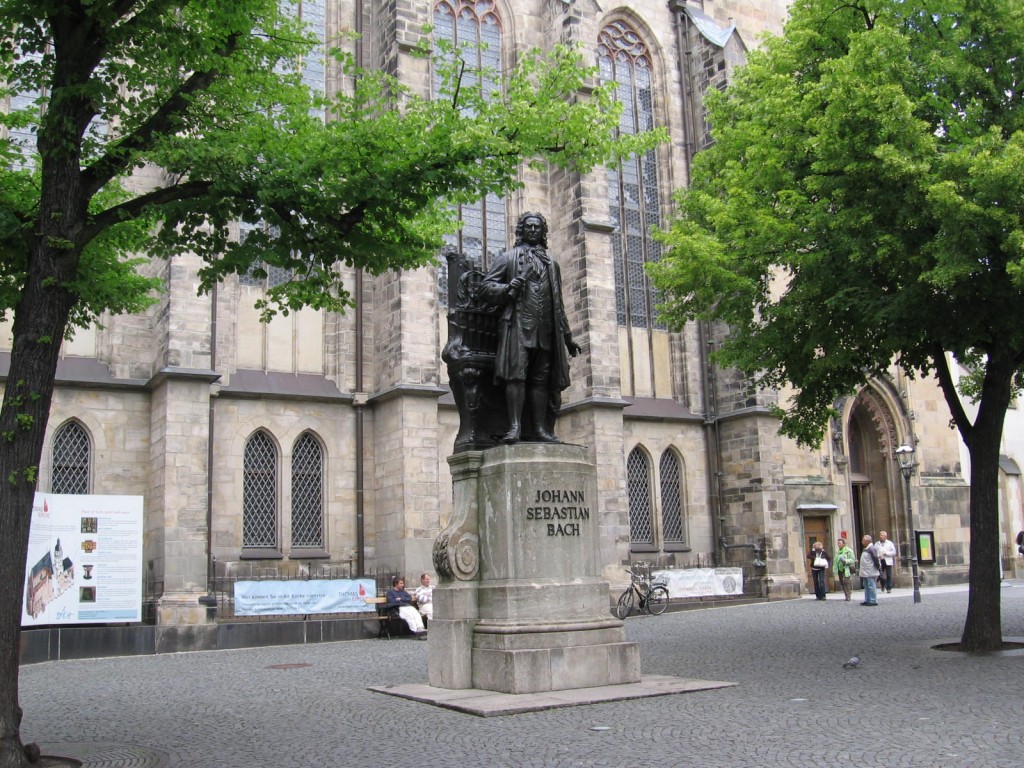
Well sure. I think any musician can’t help seeing it as a foundation. I was the weird kid who discovered the St. Matthew Passion in his uncle’s record collection and put it on and was like, What the heck is going on here? And I was hooked at that point already. Recently I made my first trip to Leipzig — well, I had actually been there in the 80s, during the really dark period — but I went back in 2009 and my God, just being in Leipzig, walking into the Thomaskirche. It’s an overwhelming place. it connects us all to the foundations of who we are as musicians. …
What’s inspiring to me is the industry of these people, you know? Just how much Bach worked — all the time, all the time, and he loved it. I think in the years when he was writing the cantatas, it was clear that on Monday and Tuesday he would be composing and copying out parts … and then the rehearsals and concerts, and then to put the thing together, and he was teaching and had this big family at the same time. …
And we have only a fraction of his music left! I remember once calculating with my friend [and frequent recital collaborator], the pianist Akira Eguchi, that each one of these Sonatas and Partitas he probably wrote in a week. I mean, here I am, after 20 or 30 years of trying to play them, and he composed and wrote them and likely played them all within a week.
You are married of course, with three young children. How have your works habits had to be altered as a result of having kids around?
Everything is altered: my sleep habits, my eating habits, and of course the work habits too. We’ve been very lucky you know. I learn a lot from them, they’re so inspiring. You know that my wife is a violinist too, Adele Anthony, and we feel very lucky that we both started working very young, so that when we had our children, we decided we wanted to be at home as much as we have to. … When I was growing up we never spent time with younger kids … so having kids sort of opened up a whole world for me.
To reach Paul Horsley, performing arts editor, email phorsley@sbcglobal.net or find him on Facebook (paul.horsley.501).
[slider_pro id=”2″]
[slider_pro id=”3″]
Features
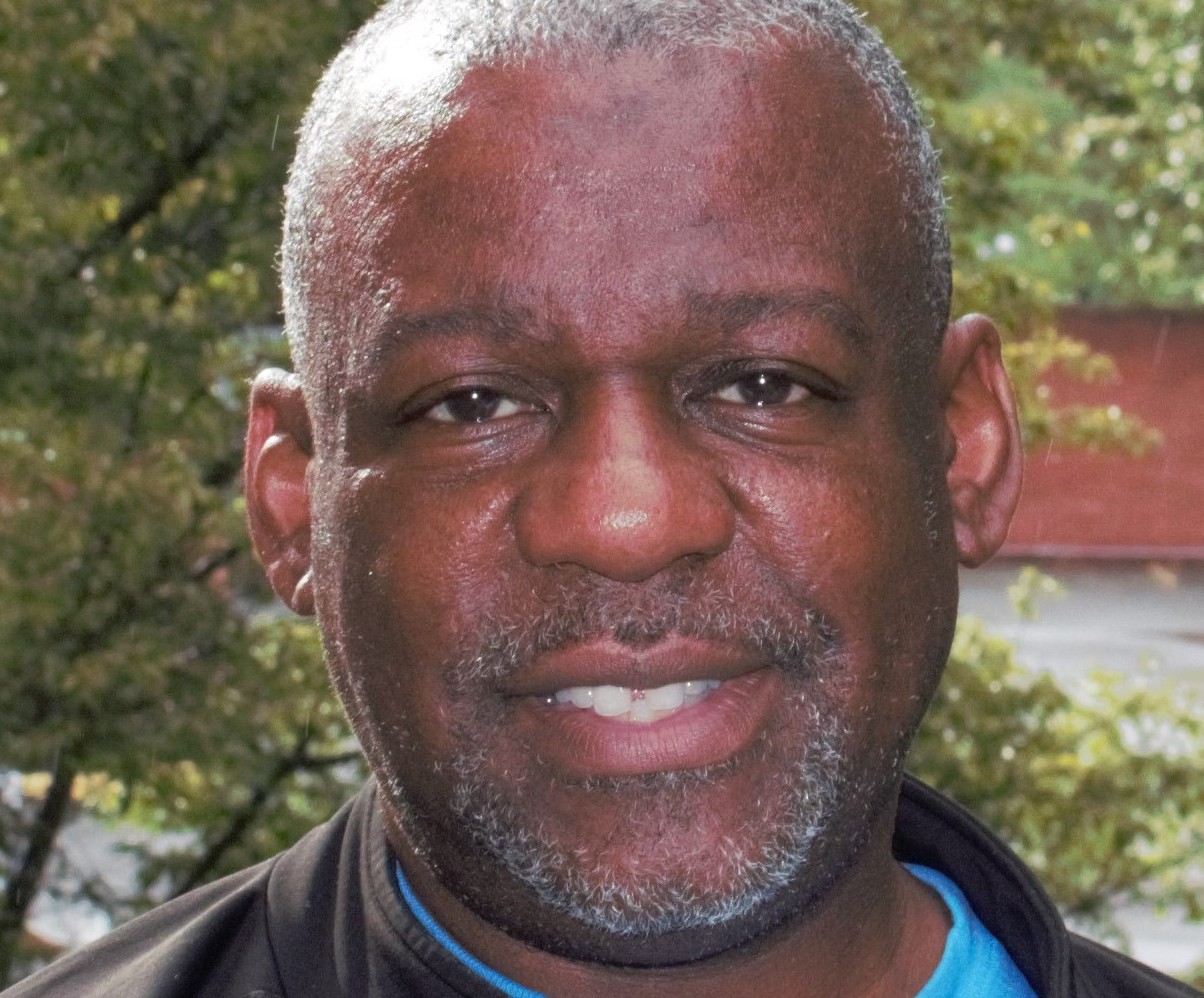
Tyrone Aiken danced prodigiously as a youth, trained at The Ailey School as a young adult, worked as a professional dancer at the height of the New York dance ferment,…
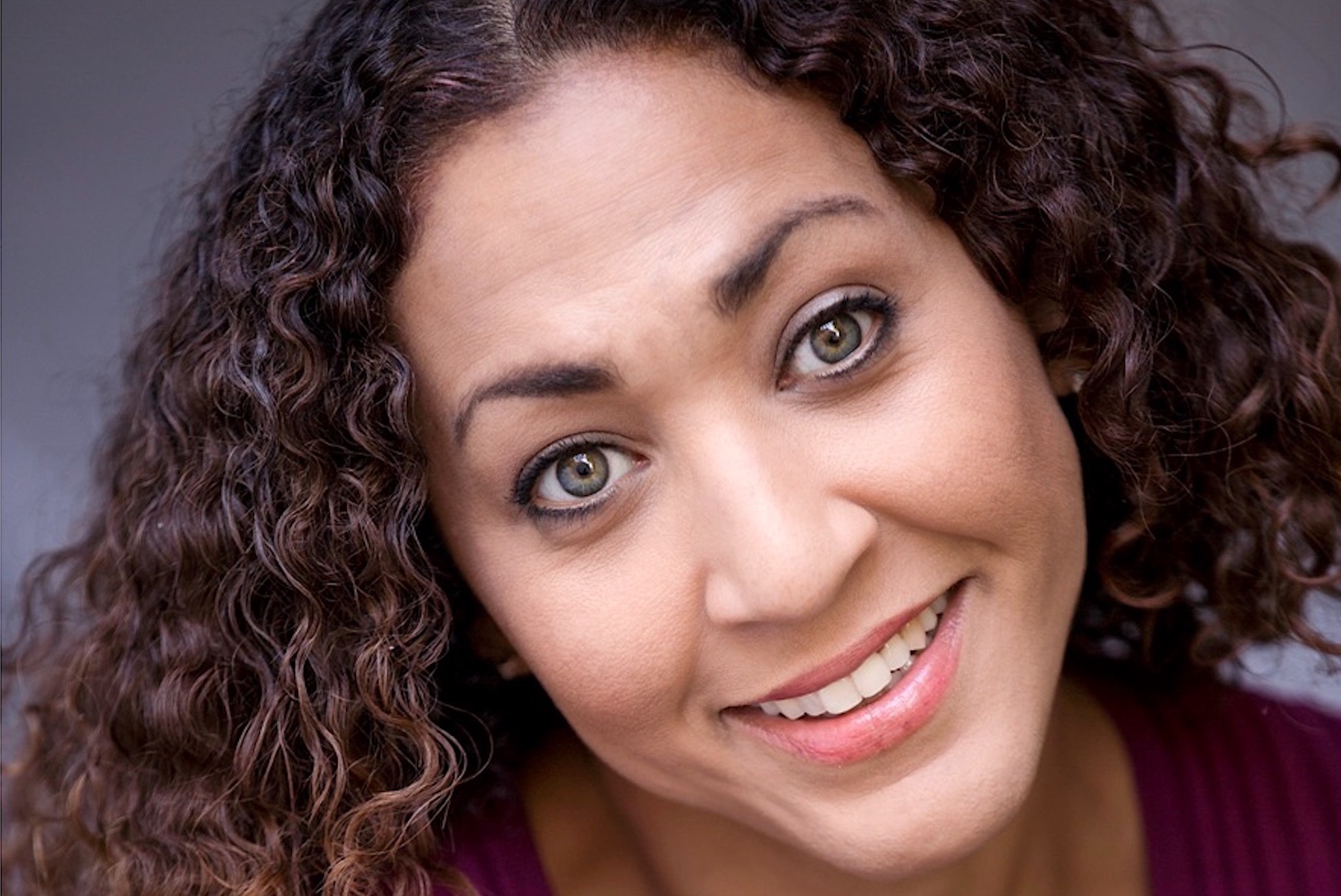
CAROLINE DAHM Dancer, choreographer, producer, master teacher, adjunct dance professor at The UMKC Conservatory, assistant director at Wylliams/Henry Contemporary Dance Company What I love about the Kansas City performing-arts scene: Kansas…
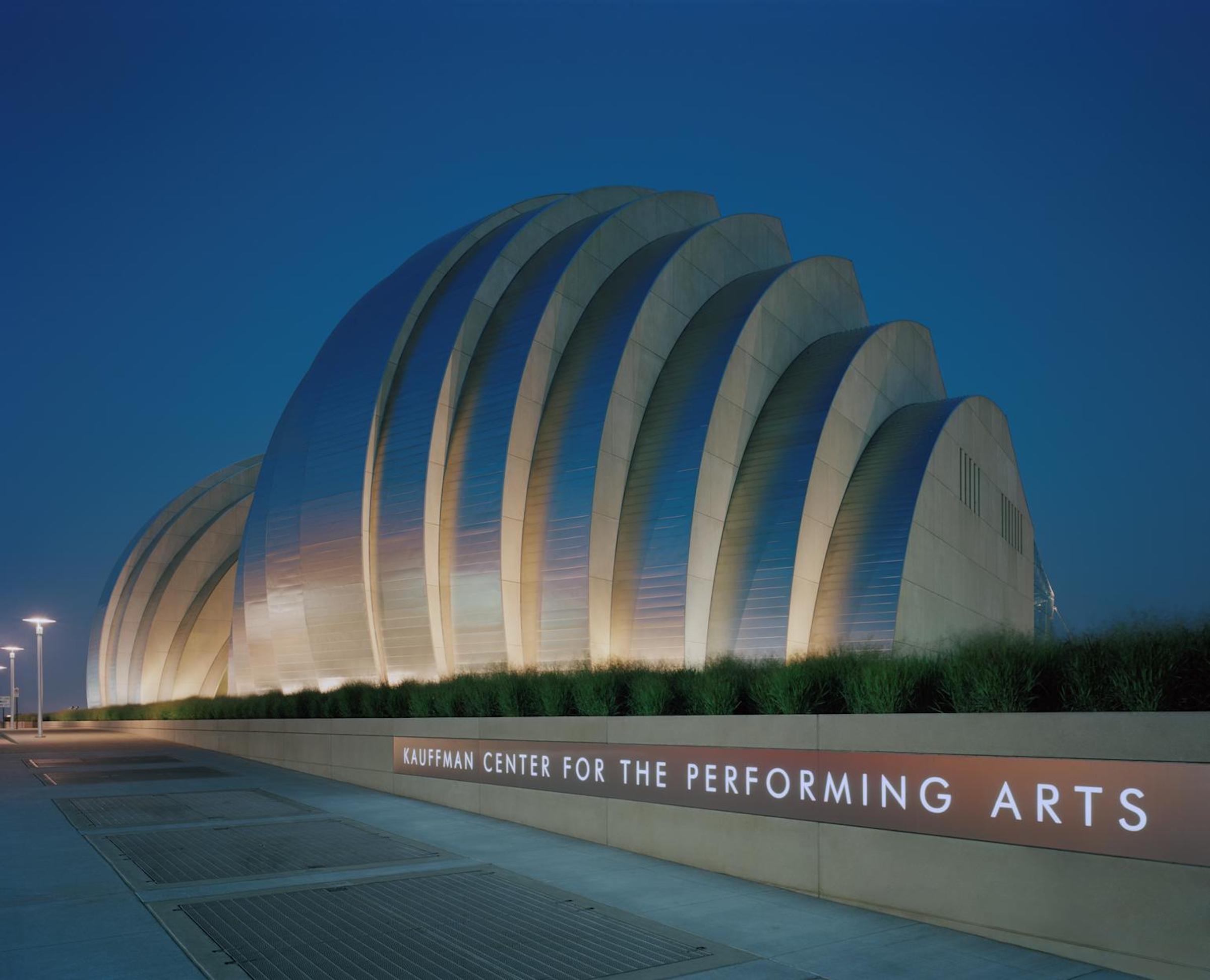
It’s difficult to remember what the Kansas City skyline looked like 20 years ago, before the Kauffman Center for the Performing Arts began to take shape at 16th and Broadway.…


